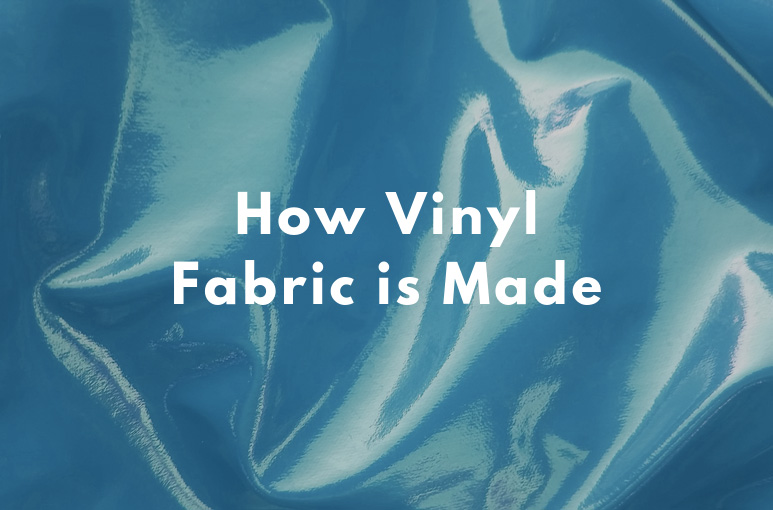While we all know about vinyl fabric, very few people know their vinyl fabric history. The process to make this material is fascinating in itself, and how it came to be is a story worth telling. If you want to learn more about this versatile fabric, here’s all you need to know about how vinyl fabric is made, what exactly it is, and the fascinating history behind it.
What is vinyl fabric?
As a substance, vinyl fabric is man-made. It is a type of plastic made from ethylene and chlorine. When you process those elements together, you can create polyvinyl chloride in no time. This is what we refer to as vinyl—the versatile fabric we’ve all come to know and love.
When was it first discovered?
Vinyl actually hasn’t been around that long. Back in 1920, scientists first discovered and developed this material. They wanted to create an affordable, durable fabric that would be simple to manufacture. They more than achieved this goal with vinyl, and its popularity and use has risen ever since.
How is it made?
Vinyl is made from just two substances: salt and oil. The actual process to make it is called cracking. Petroleum oil is broken down through the combination of both high temperatures and pressure. As it breaks down, it becomes ethylene, butadiene, propylene, and several other by-product substances. The process will continue until you’re left with just ethylene—that’s what you need to create vinyl. The salt is how you’ll get the chlorine, and you do this through a procedure called electrolytic disassociation. These two processes provide all the elements needed to produce vinyl. Through compounding, where vinyl resin in the form of powder is mixed with a few other products, you’ll end up with vinyl. Its actual consistency will depend on how you make it and what you add to it.
While the process may seem confusing, manufacturers have it down pat. That’s how you can secure marine vinyl fabric, upholstery vinyl, automotive vinyl, and so much more at such a convenient and affordable price. Know your vinyl fabric history; it’s certainly come a long way since its inception, and its popularity and ease of use has done nothing but increase ever since.

